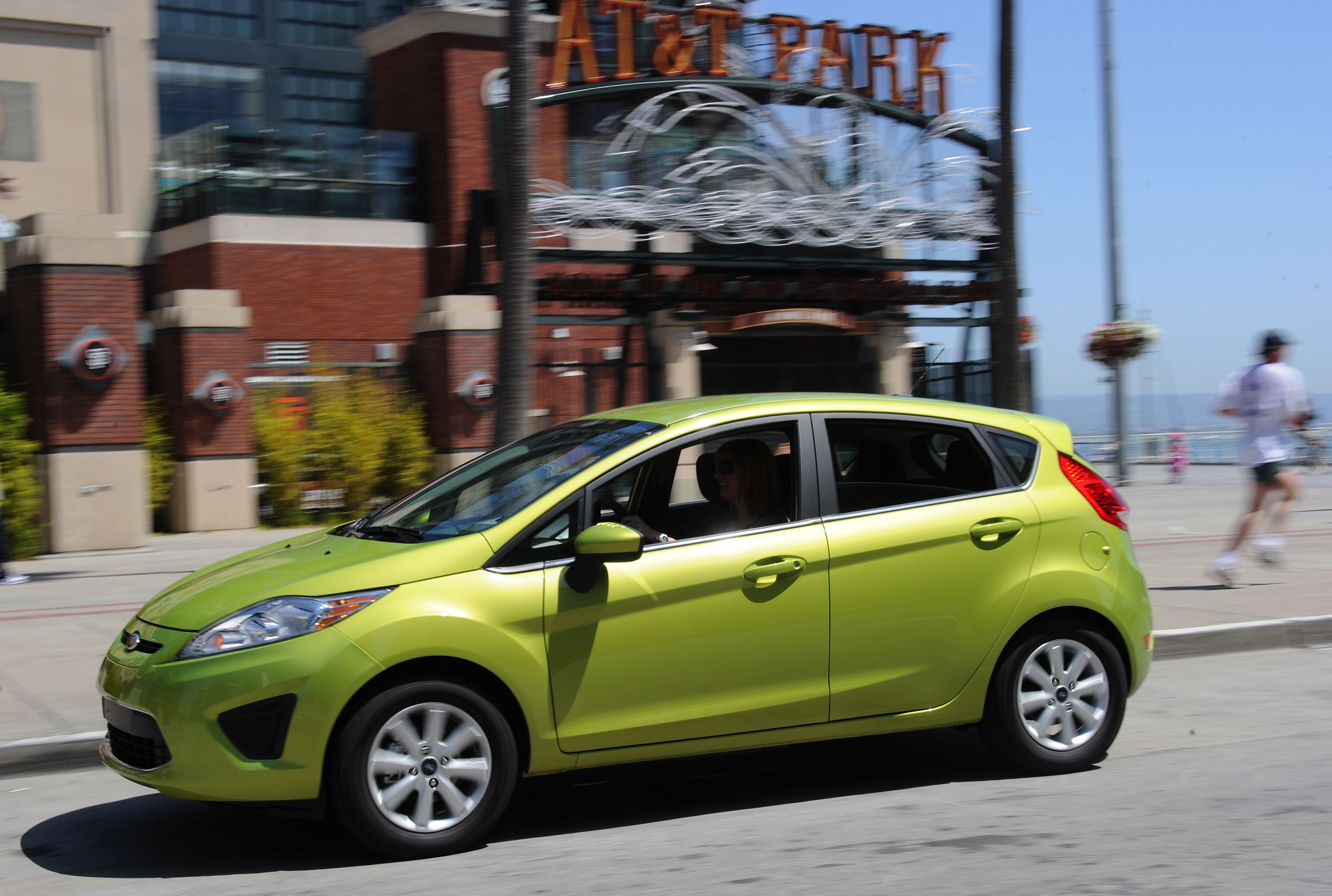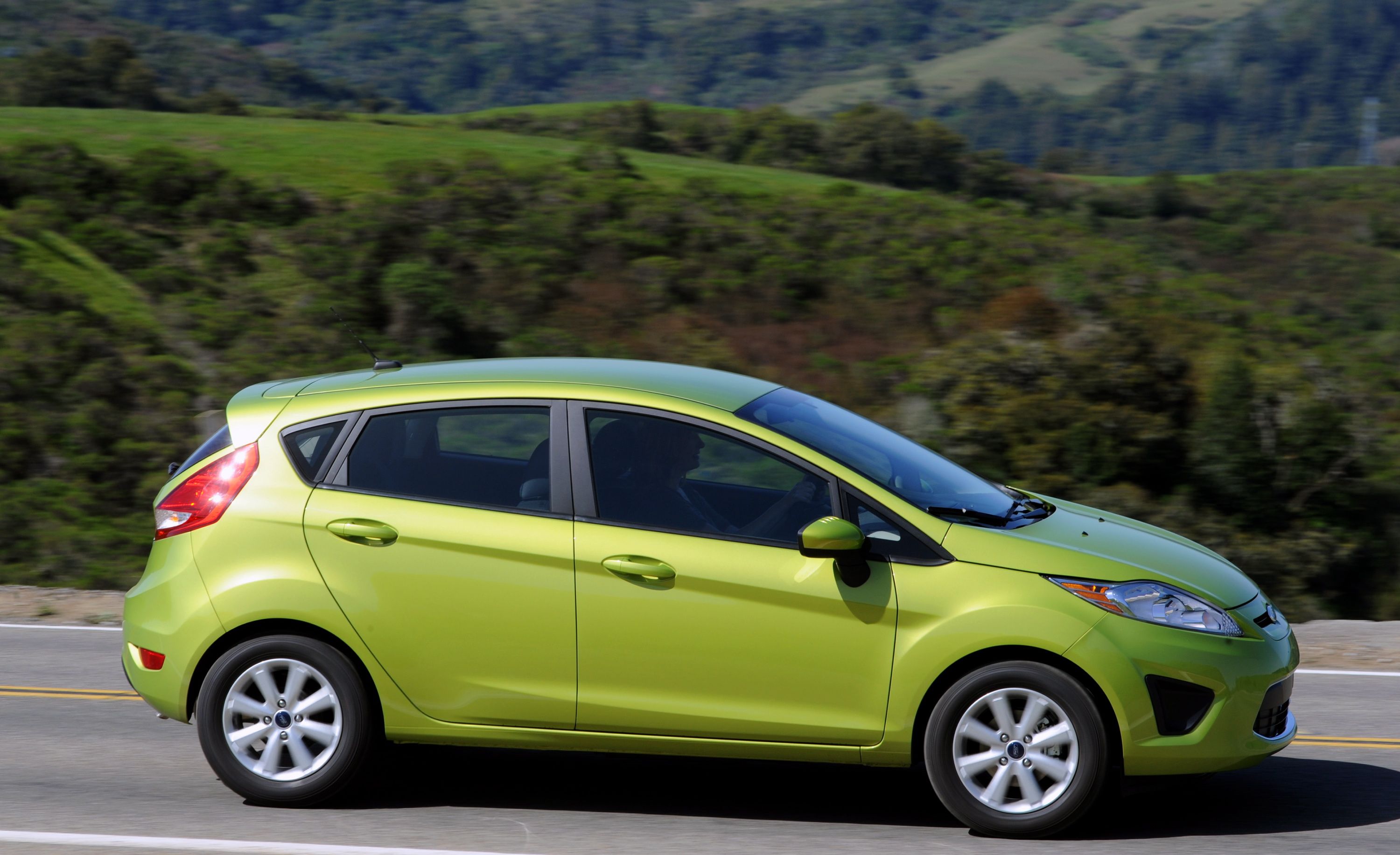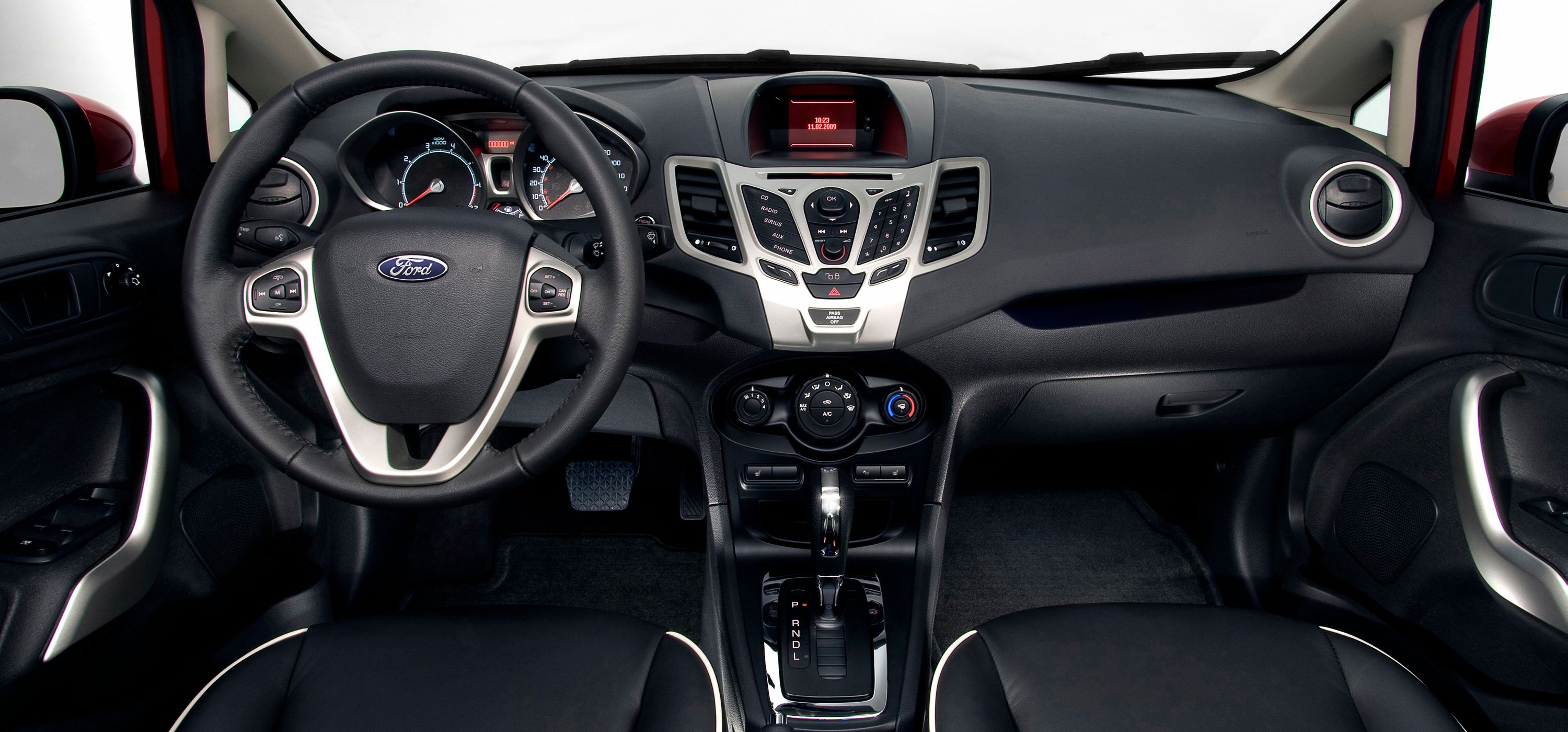Welcome back to the era of the small car. With gas prices surely to be on the rise and a wave of environmentalism taking over the known world, the large SUV and sedan might be a thing of the past. So, welcome to the future and the 2011 Ford Fiesta.->ke1170
Don’t let the name fool you; this Fiesta isn’t the old hatchback that everybody loved to hate. Instead, this Fiesta is a European designed two-door, four-door, or five-door vehicle that will be headed to showrooms this summer.
Ford offers three trim levels, the SE, SES and the SEL, making the new Fiesta perfect for everyone. Thanks to Ford for the chance to drive this car months before it hits the showrooms.
Like Kia->ke41 is doing with the Soul->ke2186 and Mazda->ke53 is doing with the upcoming Mazda2->ke2501, Ford is hoping to capitalize on the higher gas prices and young adults that don’t find the Scion cool anymore. Designed to compete with the Honda Fit->ke1336, Toyota Yaris->ke354, Scion xA->ke1338, and the Nissan Versa->ke62, the little Ford manages to hold its own against its rivals.
Hit the jump for the full review of the 2011 Ford Fiesta.
The Fiesta features Ford’s now-common kinetic design language that gives the car a look of movement, even though it’s standing still. If you’ve ever seen pictures of the European Fiesta then this new U.S spec car won’t seem all that new. The test five-door hatch comes with a European style front fascia with a body-colored grille. The headlamps look like eyes and work well spreading the light.
From the side, the body creases give the car an interesting look and at the rear there is a medium sized spoiler to shade the back window.
Buyers who want to spend as little as possible can opt for the SE trim, which is basically a bare bones Fiesta. It comes with 15-inch alloys, a capless fuel filler, a tilt-and-telescoping wheel, four speaker AM/FM stereo, and a split folding rear seat. The SE adds power windows and locks, plus a CD player. If you’ve got a bit more money on hand, the SEL adds LED parking lights, a rear spoiler, 16-inch wheels, a premium audio system and SYNC.
Inside, the Fiesta really hits its stride. Like most Fords, the SEL Fiesta comes with the SYNC system, as stated above. The system links audio, navigation, and Bluetooth functions together and allows the driver to control them with voice activation. Also included is streaming audio from Bluetooth devices such as the Motorola Droid, iPhone, or Blackberry. In a few years, a sort of “app store” will be released that will let drivers download applications such as Pandora for audio streaming. This will give the little puppy a leg up on the competition.
The center stack looks more like a cell phone than a dashboard setup, but the crucial thing is its usability. The answer to the ease of use question is a mixed bag of easy and complicated. It took a little while to get used to it and the buttons are quite a reach from the drivers seat, but the soft touch plastics and the quality of the buttons made the long reach worth it. As time passes the setup gets easier, but we really wish the radio had a tuner knob for easier station changes.
The tilt-telescoping wheel makes it easy to get adjusted and the controls help the driver keep both hands on the wheel at all times. The seats are covered in Volkswagen-like checkered fabric that looks decent, but not impressive. Leather is an option, but it really wouldn’t fit the Fiesta’s cheap car personality. Rear seat legroom is average for a car this size, big enough for children, but not big enough for adults.
Under the hood is a 1.6-liter twin cam inline four-cylinder with Ford’s own Variable Camshaft Timing. This technology allows the engine to be compact in size, while putting out decent power. The little 1.6 produces 120 horsepower and 112 pound-feet of torque.
The test car came with a five-speed manual, the best transmission option for a car like this due to economical reasons. Ford will equip the Fiesta with a PowerShift six-speed dual-clutch automatic if the buyer chooses.
The little engine provides decent power, but it seems to really struggle below 3,000 rpm. In traffic, downshifting is a must in order to keep the revs up. Anything above third gear seems to be an overdrive gear, which is great for highway driving and fuel economy, but not so good for the city. That being said, the engine does like to be revved and it rewards the driver for doing so.
Fuel economy is this little cars strong suit. Ford is claiming that the Fiesta will average 40 miles per gallon on the highway.
In the corners, the new Fiesta gets a new style steering system to keep the car in line. The Electric Power Assist Steering reduces drag, but adds to the fun of taking the car around tight bends. The system senses the roads imperfections and adjusts the car accordingly.
With a pair of MacPherson struts in front, tuned shocks, and a 22mm stabilizer bar, the Fiesta handles corners very well. The rear suspension isn’t as sophisticated as the front, but for a car this light and cheap it doesn’t really matter. The overall feel of the car is truly brilliant. The Fiesta feels like a car twice the price and driving it everyday would be a privilege.
The Fiesta is fun, cheap, and it looks bloody fantastic. With a sticker of $13,995 for the sedan and $15,795 for the hatch, how can one not want this little machine in their lives?



